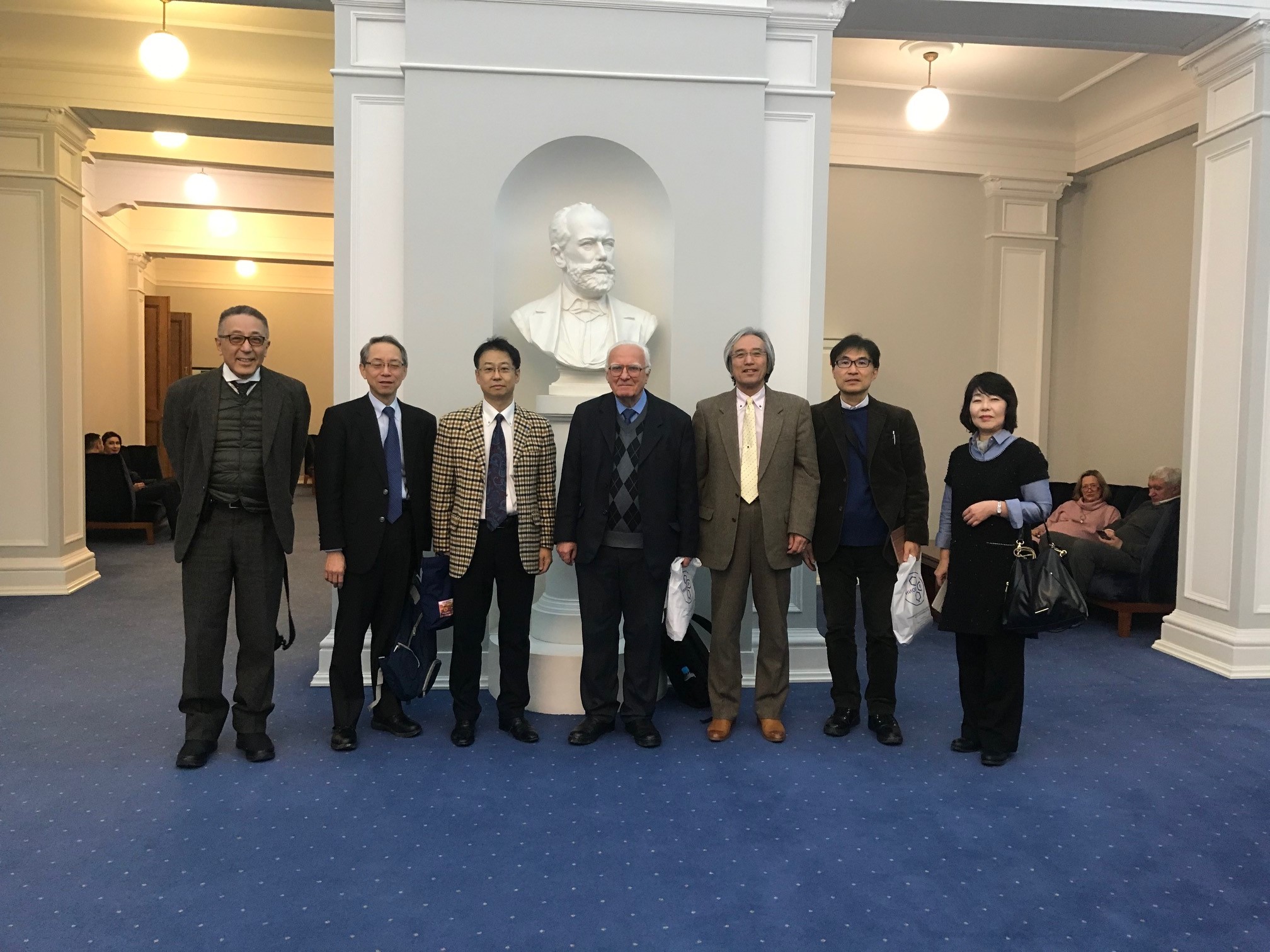Fluorine Notes, 1999, 4, 7-8
Synthesis of hexafluoroacetone by catalytic oxidation of hexafluoropropylene.S.M.Igoumnov, G.I.Lekontseva, A.A.Shipigusev,O.D.Gomziakova, V.A.Soshin. Perm branch of the Russian Scientific Center " Applied Chemistry" One of the perspective directions of the hexafluoroacetone(HFA) production is catalytic oxidation of hexafluoropropylene (HFP) which has attracted a considerable attention in the recent years. The following compounds were used as catalysts in methods of oxidation described in literature: oxides of tin, iron, indium [1] , also fluorinated aluminum oxide [2] . The latter in several cases was activated with water at a ratio of 0.001-0.003 mole per 1 mole of HFP[3]. Paper [4] describes HFP oxidation in the presence of rare metals: palladium, platinum, iridium, rhodium, ruthenium applied on activated carbon. We have demonstrated that HFP oxidation is successfully initiated by an activated carbon promoted with fluorides of alkali metals such as NaF, KF, CsF or RbF at a temperature of 50-300oC and a mole ratio of HFP:O2=1:0.1-10.
where M = Na, K, Rb, Cs. Obviously the process passes through the intermediate formation of the carb-anion:
The presence of carbonylfluoride in addition to HFA in the reaction products is probably due to a more complete oxidation process; partial hydrolysis of carbonylfluoride results in the formation of 1,1,1,2,3,3,3-heptafluoropropane (R-227):
In the course of investigations the content of the fluoride of alkali metal on the activated carbon was changing within a range of 5-60 wt.% without any noticeable changes in HFA yield. A decrease in the content of the fluoride of alkali metals below 5% results in a reduction in HFA yield and an increase above 60% is of no practical value. It has been determined, an increase in the reaction temperature over 300oC and an increase in the mole ratio of HFP/O2 higher than 1:10 result in a more complete HFP oxidation to carbonylfluoride mainly.
The conditions of the catalytic oxidation of HFP and the results obtained are given in the Table 1. Table1.Results of the catalytic oxidation of hexafluoropropylene.
Experimental In a tubular reactor of a 0.3 dm3 capacity equipped with an electrical heating, a thermocouple pocket, side-pipes to feed the starting components (HFP and O2) and to discharge the oxidation products, 0.25 dm3 of catalyst, activated carbon promoted with fluorides of alkali metals, is filled. The catalyst is activated preliminarily by heating in a dry nitrogen flow at a temperature of 180-200oC for 4 hours, after that it is cooled to the given temperature and HFP together with O2 are fed at a given rate at a certain mole ratio. The gas mixture leaving the reactor is condensed in a trap cooled to minus 90 oC and analyzed by GLC method. Low-temperature rectification is used to separate individual components. The components are identified by IR and NMR spectroscopy. The HFA yield is 55-62%, the conversion degree is 90%. Conclusions
References
|
||||||||||||||||||||||||||||||||||||||||||||||||||||||||||||||||||||||||||||
Fluorine Notes, 1999, 4, 7-8
